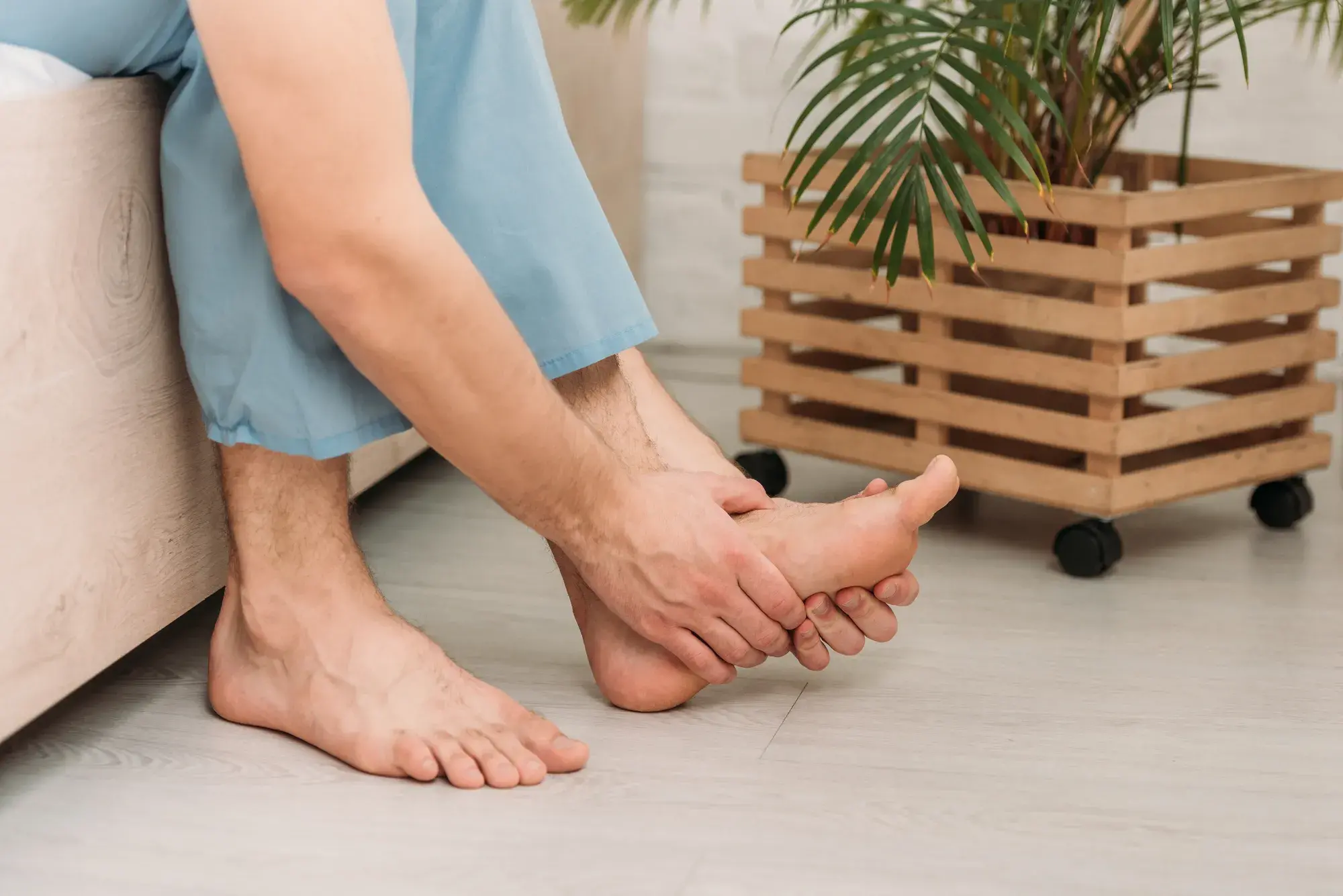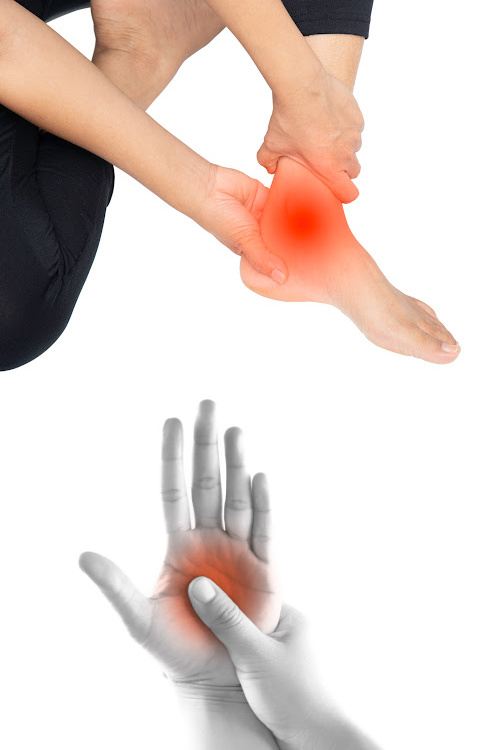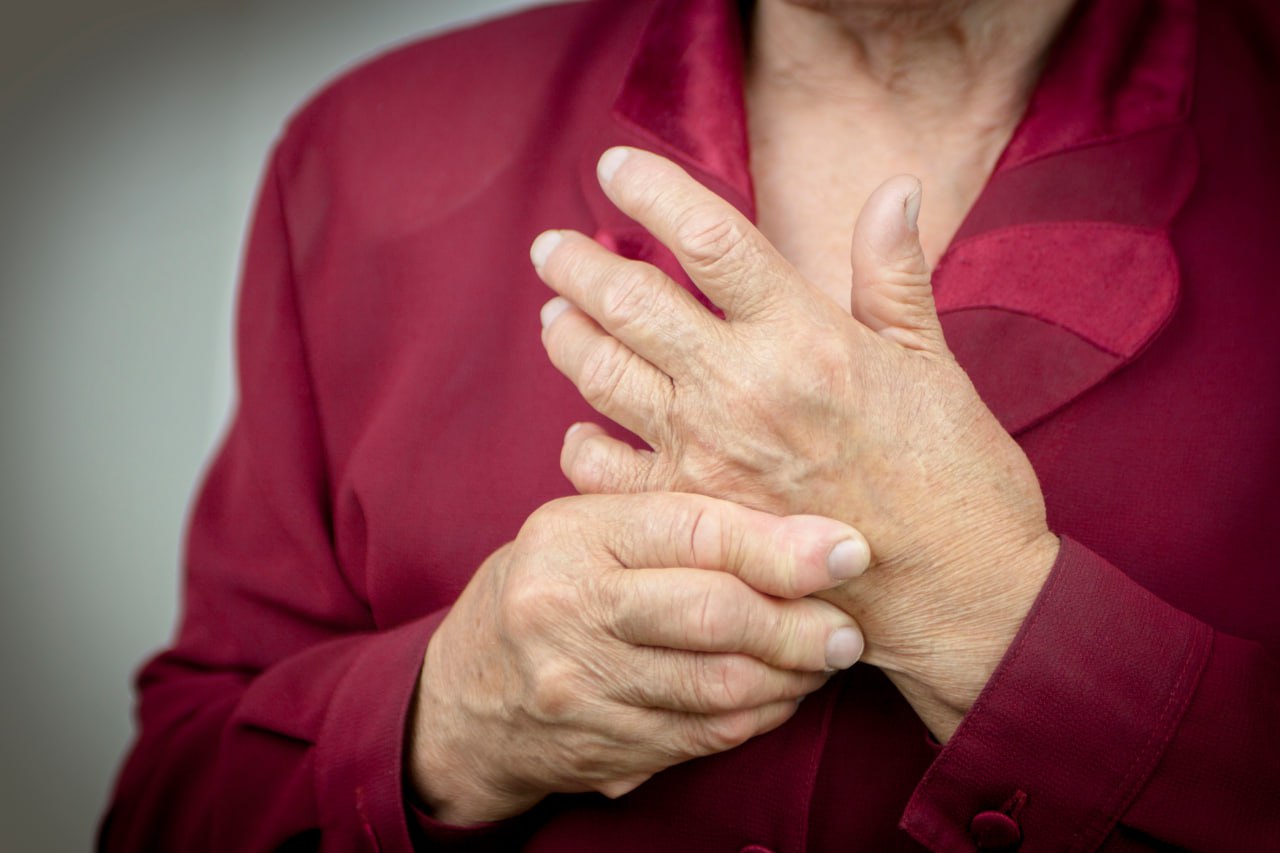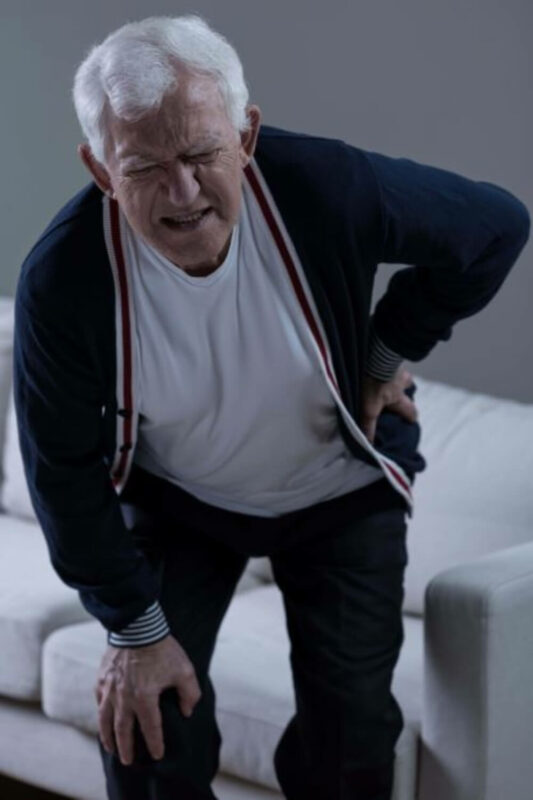Muscle atrophy is a common condition that affects millions of people worldwide. Although there are many different reasons why muscles begin to atrophy, it also tends to happen naturally, no matter what. It’s estimated that muscle mass decreases approximately 3 to 8 percent per decade after the age of 30. Not to mention, this rate of decline increases after 60.
Muscle atrophy can occur in various parts of the body, but one of the most commonly affected areas is the legs. Unfortunately, muscle atrophy can cause significant pain and discomfort, making it difficult for individuals to perform daily activities. However, there are ways that you can manage your pain and promote recovery without resorting to surgery or relying on medication.
What Is Muscle Atrophy?
Muscle atrophy is a condition in which a decrease in muscle mass occurs, leading to weakness and loss of function in the affected muscle or group of muscles. Muscle atrophy can develop in any muscle in the body, but it is most commonly seen in the limbs, particularly the legs. In the case of leg atrophy, this can result in difficulty walking, standing, or performing daily activities.
Leg Pain Stemming From Muscle Loss
Various symptoms can be associated with muscle atrophy in the lower legs, including:
- Weakness: The affected leg may feel weak and have difficulty bearing weight. Such weakness can make it challenging to walk or stand for extended periods.
- Numbness and tingling sensation: Nerve damage may occur due to muscle loss. This occurs due to reduced blood supply to the muscles. Such nerve damage can cause numbness, tingling, or a burning sensation in the affected leg.
- One leg is smaller than the other: If one leg is affected by muscle atrophy, it may appear noticeably smaller than the other leg. This results from muscle wastage and loss of muscle mass in the affected leg.
- Difficulty in walking and balancing: Decreased strength and function in the leg can make it challenging to walk or maintain balance. This can lead to falls and accidents, increasing the risk of injuries.
Why Do Legs Experience Muscle Atrophy?
Muscle atrophy can occur gradually over time, or it can happen suddenly. In the case of lower leg muscle atrophy, the condition may develop due to various factors such as:
- Sedentary lifestyle: A sedentary lifestyle generally involves long periods of inactivity as well as a lack of physical activity, leading to muscle atrophy. This is because the leg muscles are not being used regularly, which can cause them to weaken and atrophy.
- Injuries: Injuries to the leg muscles or nerves can result in muscle atrophy. This is because muscle or nerve damage can disrupt their normal function, leading to loss of strength and mass.
- Aging: As you age, your muscle mass will naturally decrease. A sedentary lifestyle can also accelerate this, leading to muscle atrophy in the lower legs.
- Malnutrition: A lack of proper nutrition or inadequate protein intake can result in muscle loss, including in the legs. Nutrients like calcium and vitamin D are essential for muscle health and can contribute to atrophy if deficient.
Common Medical Conditions Associated With Muscle Loss In Lower Legs
Various medical conditions can also lead to muscle atrophy in the lower legs, including:
Peroneal Nerve Dysfunction
Peroneal nerve dysfunction, also known as peroneal neuropathy, is a type of peripheral nerve disorder. It affects the peroneal nerve in the leg, a nerve that runs along the outer part of the lower leg. This nerve is responsible for controlling movement and sensation in the foot and lower leg. When the peroneal nerve is damaged or compressed, it can result in muscle weakness and atrophy in the affected leg.
Rheumatoid Arthritis
Rheumatoid arthritis is an autoimmune disorder that causes inflammation and destruction of joints in the body, including those in the lower legs. This chronic inflammation can lead to muscle atrophy and weakness due to prolonged periods of limited physical activity.
Peripheral Neuropathy
Peripheral neuropathy is a form of nerve damage that affects the peripheral nerves, which control sensation and movement in the arms, hands, legs, and feet. When these nerves are damaged or compressed due to conditions such as diabetes or alcoholism, it can result in muscle atrophy and weakness in the lower legs.
Multiple Sclerosis
Multiple sclerosis is a chronic neurological disorder. It damages the protective covering of the nerve cells in the spinal cord and brain. This damage can affect the communication between nerves and muscles, which can lead to muscle atrophy, particularly in the lower limbs.
How Diagnosis Works
To diagnose muscle atrophy in the lower legs, a medical professional will usually perform a physical examination and assess your symptoms. They will also ask about your medical history and family history to determine any potential underlying causes. Finally, based on their evaluation, they will order a variety of tests, which can include:
- Blood tests: A blood test can help doctors identify any underlying medical conditions or deficiencies contributing to muscle atrophy.
- Imaging studies: X-rays, MRIs, or CT scans can help doctors identify any structural abnormalities or injuries in the lower legs that may contribute to muscle atrophy.
- Electrophysiological tests: These involve measuring the electrical activity of muscles and nerves to determine if any nerve damage or dysfunction is present.
- Tissue biopsy: In some cases, a small sample of muscle tissue may be taken for examination. A tissue biopsy can reveal if there is any inflammation, infection, or other abnormalities present in the muscles.
Common Approaches To Muscle Atrophy Treatment
The treatment for muscle atrophy in the lower legs will depend on the underlying cause and severity of the condition. Some common approaches to treating muscle atrophy include:
Medications
Medications such as corticosteroids, immunosuppressants, or pain relievers may be prescribed by doctors to manage symptoms associated with muscle atrophy. These can help reduce inflammation, pain, and discomfort in the affected area.
However, there are a few potential drawbacks to long-term medication use, including side effects and the possibility of developing drug resistance. Additionally, if the muscle atrophy you’re experiencing results from an underlying condition, the medications prescribed will only be effective at masking the symptoms and not addressing the root cause.
Surgery
Surgery is sometimes recommended to address underlying conditions contributing to more severe muscle atrophy, such as nerve compression or structural abnormalities. Surgery can also involve repairing damaged muscles or nerves in the lower leg if injuries or medical conditions have caused them to weaken and atrophy.
However, there are some significant risks associated with surgery, including infection and potential complications during the recovery process. Therefore, it is usually only recommended as a last resort when other treatment options for muscle atrophy have been exhausted.
How We Alleviate Leg Pain Due To Muscle Loss
We use a unique approach to pain management that is an alternative to more conventional treatment solutions. Instead of prescribing medications or recommending surgery, both of which can be invasive and have potential drawbacks, we focus on using the Neuragenex Neurofunctional Pain Management approach to help alleviate chronic pain caused by muscle loss.
The whole-person approach involves using a variety of non-invasive, non-surgical, and drug-free modalities that address the underlying neurological factors contributing to your leg pain. These modalities include:
Electroanalgesia
Electroanalgesia is a pain management technique that uses high-pulse electrical current to ease pain, boost blood circulation, improve mobility, and induce...
IV Therapy
IV nutritional therapy, or intravenous therapy, involves administering vital nutrients directly to the bloodstream through an IV. This type of treatment bypasses the digestive system, allowing for maximum absorption and utilization of nutrients by the...
Lifestyle Counseling
Lifestyle counseling is an approach to managing chronic pain that involves identifying, assessing, and modifying lifestyle factors contributing to an individual's pain. For example, lifestyle factors such as nutrition, physical activity, stress, sleep quality...
We Manage Painful Legs Induced By These Conditions

Peroneal Nerve Dysfunction Pain Treatment
If you have noticed changes in your gait, have become unable to lift your foot when you walk, or experience numbness and tingling sensations in your foot, you may be dealing with peroneal nerve dysfunction....

Peripheral Neuropathy Pain Treatment
We offer a unique and leading-edge approach to treating the burning, tingling, throbbing pain that may be associated with peripheral neuropathy or nerve damage. We have helped 100’s of patients, just like you, reduce their pain fast and get back to living...

Rheumatoid Arthritis Pain Treatment
Rheumatoid arthritis can be a debilitating and painful condition that causes swelling, joint damage, and immobility. We offer a non-invasive, non-chiropractic solution to alleviate the pain associated with rheumatoid arthritis. Our treatments are designed to...

Osteoarthritis Pain Treatment
Osteoarthritis is often linked to joint pain. But the impact that this condition has on your life is of much greater magnitude. If you have osteoarthritis, the chances are that you experience a pain so intense that it prevents you from climbing stairs,...
Seek Non-Invasive Treatment To Relieve Pain From Your Leg Muscle Atrophy
Muscle atrophy in the lower legs can be a debilitating condition, causing pain and weakness that can significantly impact daily activities. However, by seeking non-invasive treatment options that target the underlying neurological factors contributing to your leg pain, you may find relief from chronic discomfort without having to rely on medication or undergo surgery.
Our team of experts uses cutting-edge modalities and a whole-person approach to help manage leg pain caused by muscle loss. Contact us today to learn more about how we can help you find relief from leg muscle atrophy and improve your overall quality of life.
Muscle loss in the lower legs may be caused by peroneal nerve dysfunction.




